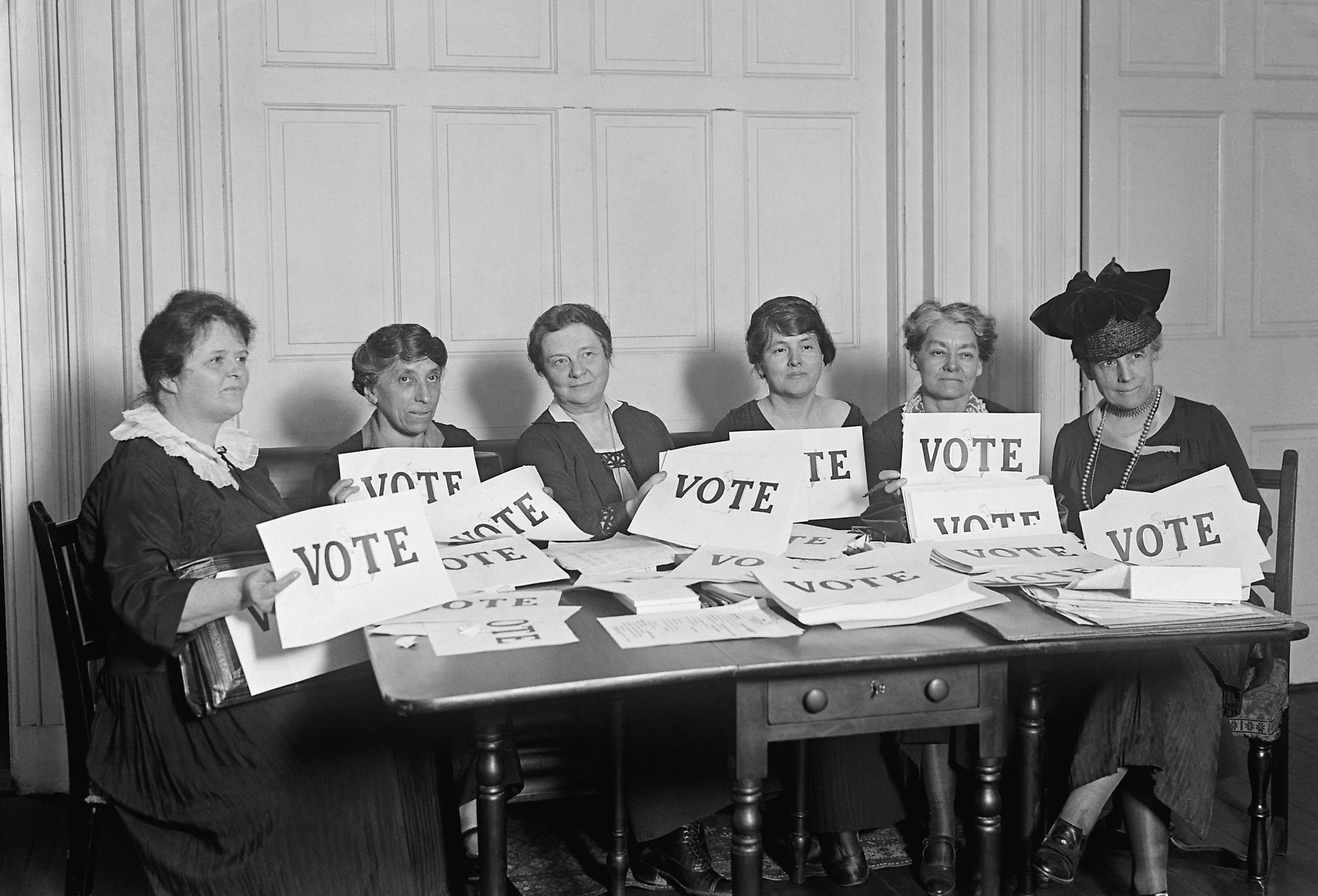
The Nineteenth Amendment
Today, every United States citizen can vote. However, this was not always the case. Throughout the history of the United States, many groups of people had to fight for the right to vote, including women. Prior to the nineteenth amendment to the constitution, women were not allowed to vote in the United States.
What is an Amendment?
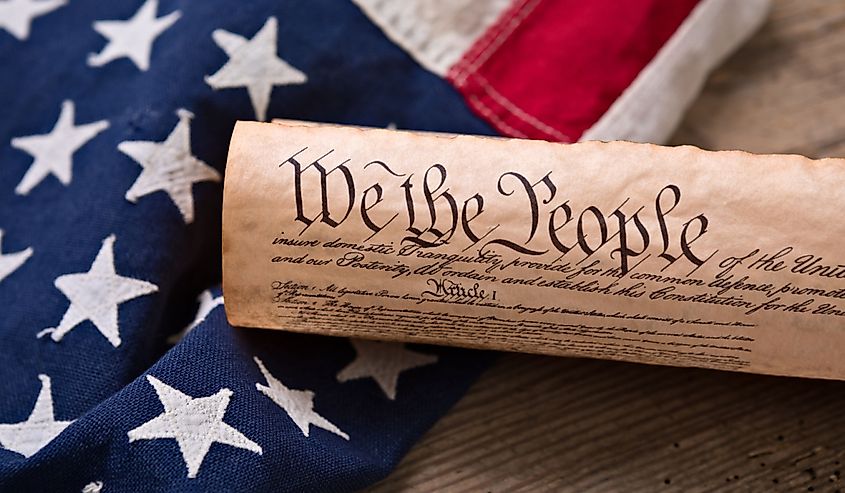
An amendment in government is an addition or alteration made to a bill, constitution, or law. The nineteenth amendment ensured any United States citizen had a right to vote and could not be denied that right based on their sex. The nineteenth amendment was a vital amendment to the United States constitution. Achieving the right to vote was a milestone for women’s rights in the United States, however, it was not a right won easily.
Women’s Suffrage
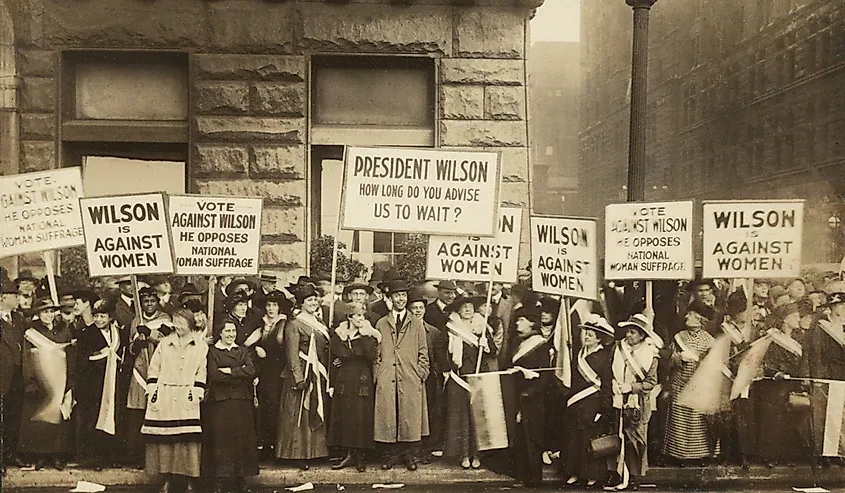
From its founding, the United States excluded women from the political process, not allowing them to vote. The general view held by many, in American society during this time, was that women needed protection from the evil of politics. They, therefore, excluded women from participating in political processes such as holding office or voting. There was opposition to this patriarchal view from the beginning.
Beginning in the 18th century, women’s suffrage fought for the right for women to vote in elections. The 1848 convention, held in Seneca Falls, New York sparked the women’s rights and women’s suffrage movement. Organized by Elizabeth Cady Stanton and Lucretia Mott, two significant contributors to the women’s rights movement, the event propelled others into action. In 1869, two foundations formed with the goal of making an amendment to the constitution, The American Woman Suffrage Association, and the National Woman Suffrage Association. The two organizations merged in 1890.
Early Voting Rights
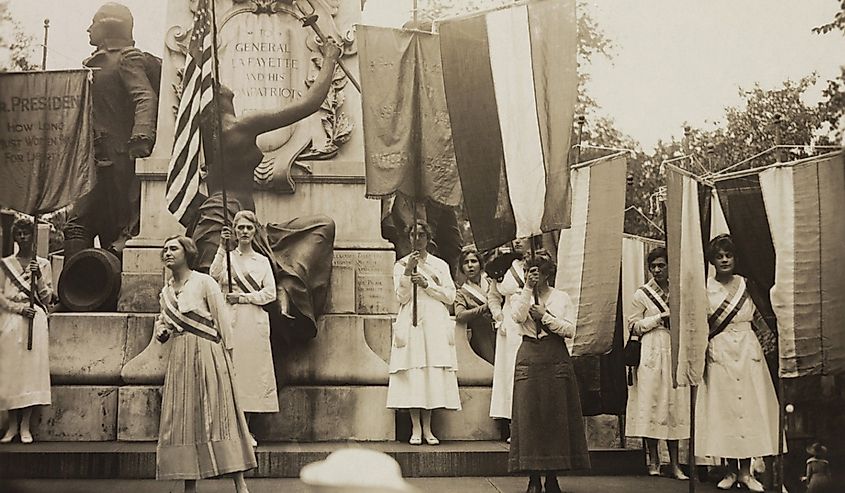
In 1878, congress heard the first proposal for a constitutional amendment for women’s suffrage, presented by Senator Aaron Sargent of California. The amendment proposed would allow women to vote in all elections.
In the second half of the nineteenth century, some states and territories extended the right to vote to women in a limited capacity. In the west, women’s suffrage had its first success. In 1869, the territory of Wyoming allowed women to vote and when Wyoming became a state in 1890, the government became the first American state to allow women to vote.
Following Wyoming’s lead, other western states permitted women to vote. These included Utah, in 1870; Colorado, in 1893; Idaho, in 1896; Washington, in 1910; California, in 1911; Oregon and Arizona, in 1912; and Montana, in 1914. By 1918, 15 states had extended equal voting rights to women and the movement had more support.
Gaining the President's Support
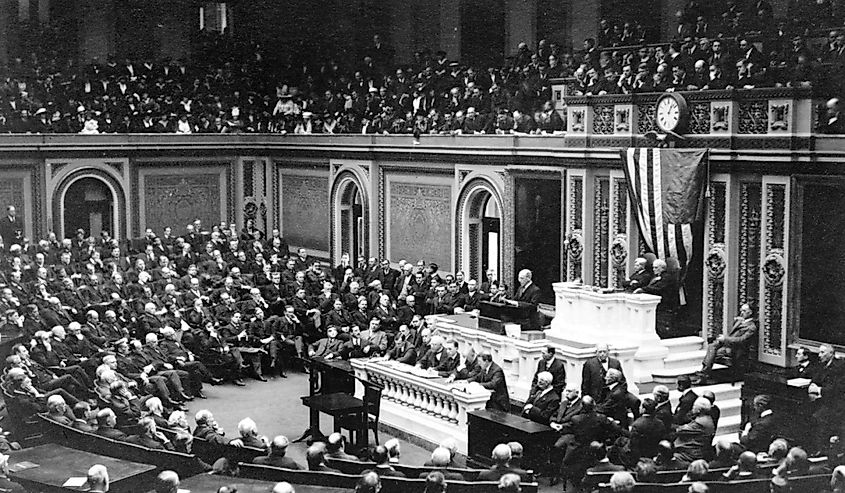
By 1916 nearly all major suffrage organizations shared the goal of amending the constitution to include women’s right to vote universally across the United States. When New York allowed the right for women to vote in 1917, President Woodrow Wilson finally agreed with an amendment in 1918. This was a significant milestone, and the political support for women’s suffrage grew.
At this time, both political parties supported the amendment to the constitution to include women in voting rights. However, despite the House of Representatives passing the amendment, it failed to pass the Senate. This outraged supporters of the women's suffrage movement.
Passing the Amendment
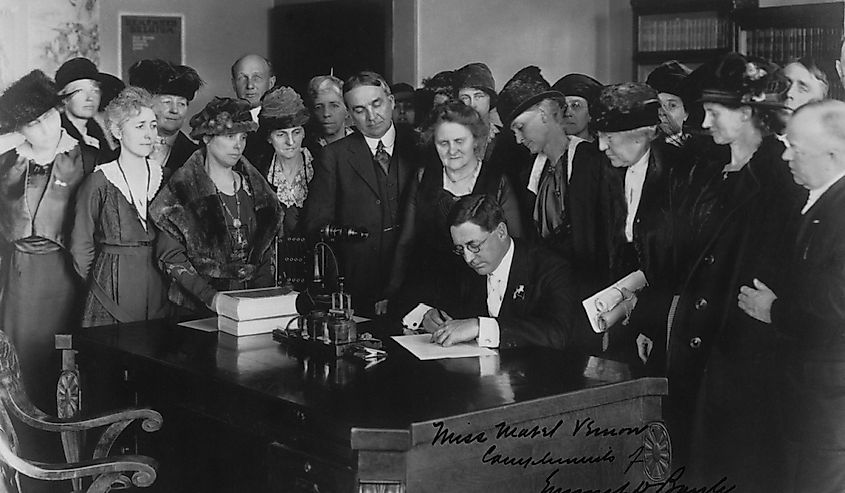
In 1919 there was another attempt to pass the amendment. Both the House of Representatives and Senate passed the amendment. At the end of 1919, 22 states had given support for the amendment. By March 1920, 35 states agreed with the amendment. However, for the amendment to pass, it needed one more state to agree. To pass, an amendment must have the support of three-fourths of the states, which equated to 36 states at the time.
August 18th, 1920, marked another milestone for the women’s suffrage movement. Tennessee became the 36th state to implement the amendment. August 26, 1920, was a cause for celebration for women suffrages across the United States, the secretary of state officially proclaimed the nineteenth amendment would be part of the constitution.
The nineteenth amendment was more than a simple change made by American politics. The amendment was the result of thousands of people working across the country over decades. However, the struggle to include all women in the amendment remained. Decades after the nineteenth amendment passed, minority women and African American women had to fight for their right to vote.











